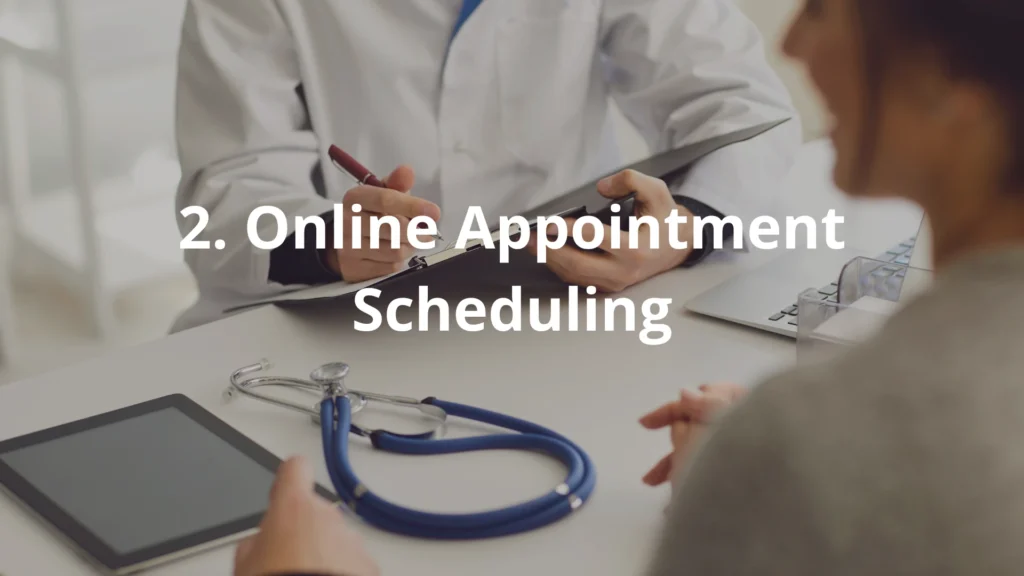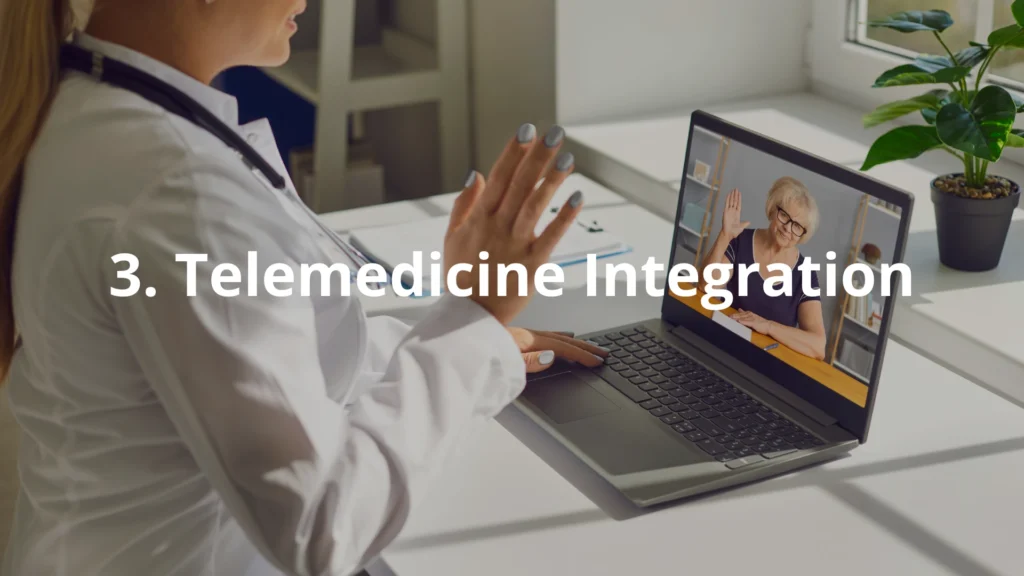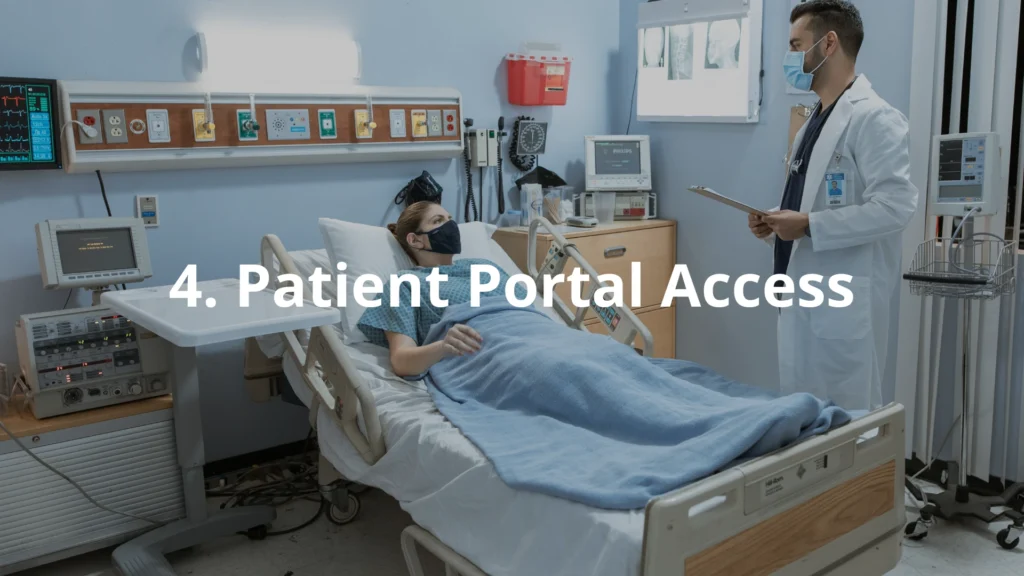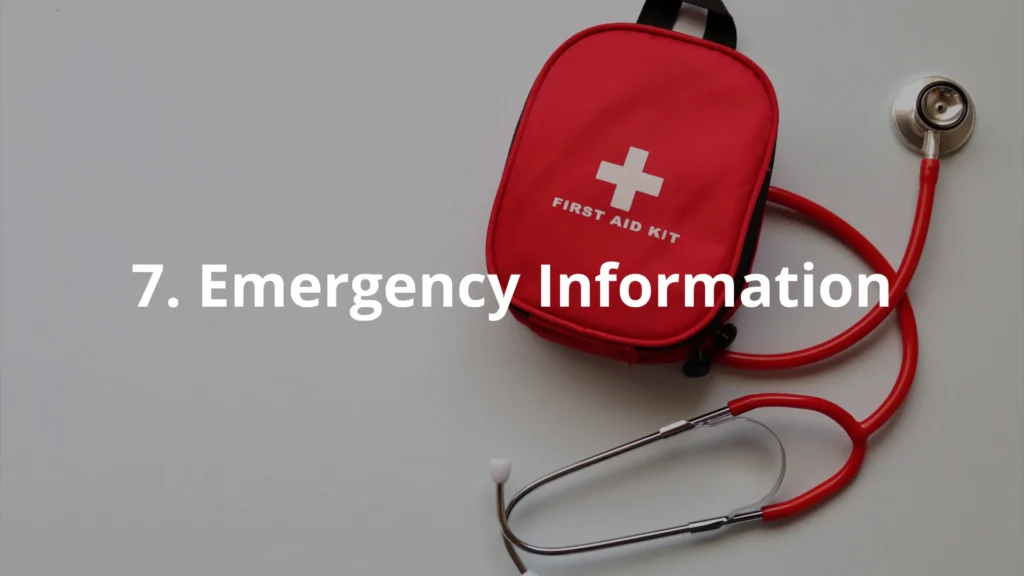Introduction
The digital transformation of industries has accelerated in recent years, and healthcare is no exception. As we move further into 2025, the necessity for hospitals to maintain a strong online presence is more critical than ever. With patients becoming increasingly tech-savvy and relying on digital platforms for healthcare information and services, hospitals without a robust website risk falling behind. In this comprehensive guide, we’ll delve into why having a website is no longer optional for hospitals but a fundamental part of delivering quality healthcare, enhancing patient experiences, and staying competitive.
1. Enhanced Accessibility & Information Sharing
One of the primary reasons hospitals need a website in 2025 is to improve accessibility and information sharing. Patients and their families often seek information online about healthcare services, specialties, and facilities before making decisions. A well-designed website provides essential information such as:
- Services Offered: Detailing various departments, medical services, and specialties helps patients understand if the hospital meets their needs.
- Doctor Profiles: Providing information about the medical staff, their qualifications, and areas of expertise builds trust.
- Visiting Hours & Policies: Clearly stating visiting hours, hospital policies, and guidelines ensures visitors are well-informed.
- Location & Contact Information: Easy-to-find contact details and maps help patients navigate to the hospital effortlessly.

By offering these details online, hospitals make it easier for patients to access critical information, reducing the need for phone calls or in-person inquiries.
Additionally, the accessibility factor extends beyond mere convenience. For patients with disabilities, an accessible website can be a lifeline. Websites designed with accessibility standards, such as those outlined by the Web Content Accessibility Guidelines (WCAG), ensure that individuals with visual, auditory, or cognitive impairments can navigate the site effectively. Features like screen reader compatibility, text-to-speech options, and adjustable font sizes make healthcare information available to everyone, regardless of their physical abilities.
Moreover, multilingual support on hospital websites can bridge the communication gap for non-native speakers. Offering information in multiple languages caters to diverse patient populations, ensuring everyone can access and understand vital healthcare information. This inclusivity not only enhances patient satisfaction but also reflects the hospital’s commitment to serving the community.
2. Online Appointment Scheduling
In today’s fast-paced world, convenience is key. Patients prefer the ability to schedule appointments online rather than waiting on hold or visiting the hospital in person. Online appointment scheduling offers several benefits:
- 24/7 Availability: Patients can book appointments at any time, even outside regular office hours.
- Reduced Administrative Burden: Automating the appointment process frees up staff to focus on patient care.
- Improved Patient Satisfaction: Easy scheduling enhances the overall patient experience, leading to higher satisfaction rates.

Hospitals that integrate online booking systems into their websites demonstrate a commitment to patient-centered care and technological advancement.
Furthermore, advanced online scheduling systems can offer personalized experiences. By integrating patient data, these systems can suggest appointment times based on past visits, preferred doctors, or specific medical needs. Automated reminders via email or SMS reduce no-show rates and ensure patients are well-prepared for their appointments.
For hospitals, online scheduling systems provide valuable insights into patient flow and resource management. Analyzing booking patterns helps optimize staff allocation, reduce wait times, and improve overall operational efficiency. This data-driven approach enhances both patient care and hospital performance.
3. Telemedicine Integration
The COVID-19 pandemic has permanently altered the landscape of healthcare, making telemedicine a standard practice. Hospitals with integrated telemedicine services on their websites can offer:
- Virtual Consultations: Patients can consult with doctors remotely, reducing the need for travel and in-person visits.
- Follow-Up Appointments: Routine follow-ups can be conducted online, saving time for both patients and healthcare providers.
- Access to Specialists: Telemedicine bridges the gap for patients in remote areas, providing access to specialized care.

By incorporating telemedicine features, hospitals can expand their reach and improve patient outcomes.
Telemedicine also plays a crucial role in managing chronic diseases. Patients with conditions like diabetes, hypertension, or asthma can benefit from regular virtual check-ins, remote monitoring, and timely interventions. This continuous care model improves disease management, reduces hospital admissions, and enhances patient quality of life.
Additionally, telemedicine facilitates multidisciplinary care. Patients can consult with a team of specialists in a single virtual session, ensuring comprehensive and coordinated treatment plans. This collaborative approach is particularly beneficial for complex cases, such as cancer care or rare diseases, where multiple expert opinions are essential.
4. Patient Portal Access
Patient portals have become a staple in modern healthcare, offering a secure platform for patients to manage their health information. Through a hospital’s website, patients can:
- Access Medical Records: View test results, medical history, and treatment plans.
- Request Prescription Refills: Easily request and track prescription refills.
- Communicate with Healthcare Providers: Securely message doctors and healthcare teams for advice and follow-ups.
- Schedule Appointments and Pay Bills: Manage appointments and handle billing online.

These features empower patients to take an active role in their healthcare, leading to better engagement and satisfaction.
Moreover, patient portals enhance transparency and trust. By providing easy access to medical records and treatment plans, hospitals foster open communication between patients and healthcare providers. This transparency reduces misunderstandings, improves treatment adherence, and strengthens the patient-provider relationship.
Patient portals also support preventive care initiatives. Automated reminders for vaccinations, screenings, and wellness check-ups encourage patients to stay proactive about their health. Educational resources within the portal can guide patients on lifestyle modifications, disease prevention, and healthy living.
5. Building Trust and Credibility
A professional, well-maintained website is a powerful tool for building trust and credibility. Patients are more likely to choose a hospital that presents itself as reputable and reliable online. Key elements that contribute to this include:
- Patient Testimonials and Reviews: Sharing positive patient experiences builds confidence.
- Certifications and Accreditations: Displaying industry recognitions and certifications reassures patients of the hospital’s quality standards.
- Professional Design and User Experience: A clean, user-friendly website reflects the hospital’s commitment to excellence.

In an era where first impressions often occur online, a hospital’s website is a critical touchpoint for establishing trust.
Beyond aesthetics, content authenticity is vital. Featuring real patient stories, success cases, and detailed treatment outcomes adds credibility. Video testimonials, case studies, and before-and-after comparisons provide tangible proof of the hospital’s capabilities and successes.
Transparency about hospital performance metrics, such as infection rates, patient satisfaction scores, and surgical success rates, further reinforces trust. When hospitals openly share their performance data, it demonstrates accountability and a commitment to continuous improvement.
6. Health Education & Awareness
Hospitals have a responsibility to educate the public about health and wellness. A website serves as an ideal platform for sharing valuable information, including:
- Health Tips and Articles: Providing guidance on healthy living, disease prevention, and medical conditions.
- Updates on New Treatments and Technologies: Informing patients about the latest advancements in healthcare.
- Public Health Announcements: Sharing important information about outbreaks, health risks, and safety measures.

By offering educational content, hospitals position themselves as thought leaders and trusted sources of health information.
Interactive features, such as health risk assessments, symptom checkers, and virtual health quizzes, engage users and promote health literacy. These tools empower patients to make informed decisions about their health and seek timely medical care.
Moreover, hospitals can leverage blogs, webinars, and social media integration to reach a broader audience. Regularly updated content keeps the website dynamic and relevant, attracting repeat visitors and fostering a community of informed, health-conscious individuals.
7. Emergency Information
In emergencies, timely and accurate information can save lives. Hospitals can use their websites to:
- Update on Emergency Protocols: Provide real-time updates on emergency procedures and guidelines.
- Communicate During Crises: Share critical information during natural disasters, pandemics, or other emergencies.
- Inform About Availability: Let patients know about ER wait times, bed availability, and resource allocation.

Having a reliable platform for emergency communication is essential for public safety and effective healthcare delivery.
Additionally, hospitals can integrate real-time alerts and notifications for emergencies. These alerts can be tailored to specific regions, ensuring that the right information reaches the right people promptly. Collaboration with local authorities and public health agencies enhances the accuracy and relevance of emergency updates.
Hospitals can also provide resources and guides on emergency preparedness, first aid, and disaster response. Educating the public on how to handle emergencies before they occur empowers communities and reduces the burden on healthcare facilities during crises.
8. Location & Navigation
For patients and visitors, finding the hospital and navigating the premises can be stressful. A website can alleviate this by offering:
- Interactive Maps: Detailed maps of the hospital campus and surrounding area.
- Directions and Parking Information: Clear instructions for reaching the hospital and finding parking.
- Virtual Tours: Online tours of the facility to familiarize patients with the environment.

These features enhance the patient experience by reducing anxiety and ensuring smooth visits.
Hospitals can also incorporate GPS-enabled navigation tools within their websites, guiding patients from their homes to specific departments within the hospital. This feature is particularly beneficial for large medical campuses with multiple buildings and specialized units.
Information about nearby amenities, such as pharmacies, hotels, and restaurants, can further assist patients and their families, especially those traveling from out of town. Providing comprehensive navigation support reflects the hospital’s dedication to patient comfort and convenience.
9. Recruitment & Careers
Hospitals rely on attracting top talent to provide quality care. A dedicated careers section on the website can:
- List Job Openings: Post current vacancies and detailed job descriptions.
- Highlight Employee Benefits: Showcase the advantages of working at the hospital.
- Share Staff Testimonials: Offer insights from current employees about the work environment.

An engaging careers page helps hospitals attract skilled professionals and build a strong healthcare team.
In addition to job listings, hospitals can highlight professional development opportunities, such as training programs, certifications, and continuing education. Showcasing a supportive work culture, diversity initiatives, and work-life balance policies appeals to prospective employees.
Virtual tours of the workplace, interviews with department heads, and insights into the hospital’s mission and values provide a comprehensive view of the work environment. A strong online presence in recruitment efforts positions hospitals as employers of choice in the healthcare industry.
10. Feedback & Improvement
Patient feedback is invaluable for continuous improvement. A hospital website can facilitate feedback through:
- Online Surveys and Forms: Allowing patients to share their experiences and suggestions.
- Review Platforms Integration: Encouraging reviews on trusted platforms to gather broader feedback.
- Responsive Communication Channels: Providing quick responses to patient concerns and inquiries.

Acting on feedback demonstrates a hospital’s commitment to quality and patient satisfaction.
Hospitals can analyze feedback trends to identify common issues, areas for improvement, and successful practices. Implementing changes based on patient input fosters a culture of continuous improvement and patient-centered care.
Transparency in addressing feedback is also crucial. Publicly acknowledging patient suggestions and outlining the steps taken to address them builds trust and shows that the hospital values patient voices.
11. Competitive Edge
In a highly competitive healthcare market, a modern website sets hospitals apart. Key advantages include:
- Enhanced Visibility: Search engine optimization (SEO) strategies increase online visibility.
- Targeted Marketing Campaigns: Digital marketing efforts drive traffic to the website and attract new patients.
- Differentiation: Highlighting unique services, specialties, and patient success stories differentiates the hospital from competitors.

A strong online presence is crucial for maintaining a competitive edge and attracting a steady stream of patients.
Hospitals can leverage data analytics to understand patient demographics, preferences, and behaviors. This information guides targeted marketing campaigns, personalized content, and service offerings that resonate with the hospital’s target audience.
Collaborations with influencers, community organizations, and health bloggers can further amplify the hospital’s online presence. Engaging content, such as patient stories, health challenges, and interactive campaigns, captivates audiences and strengthens the hospital’s brand.
Conclusion
As we advance into 2025, the importance of a comprehensive, user-friendly hospital website cannot be overstated. From improving patient accessibility and integrating telemedicine to building trust and enhancing emergency communication, a website is a vital tool in modern healthcare delivery. Hospitals that invest in a robust online presence not only improve patient experiences but also position themselves for long-term success in an increasingly digital world. Embracing this digital transformation is essential for staying competitive, fostering patient engagement, and ultimately delivering better healthcare outcomes.
Whether you’re a hospital administrator, healthcare professional, or digital strategist, understanding the critical role of websites in healthcare is the first step toward future-proofing your institution. The time to act is now—because in 2025, a hospital without a website is a hospital left behind.